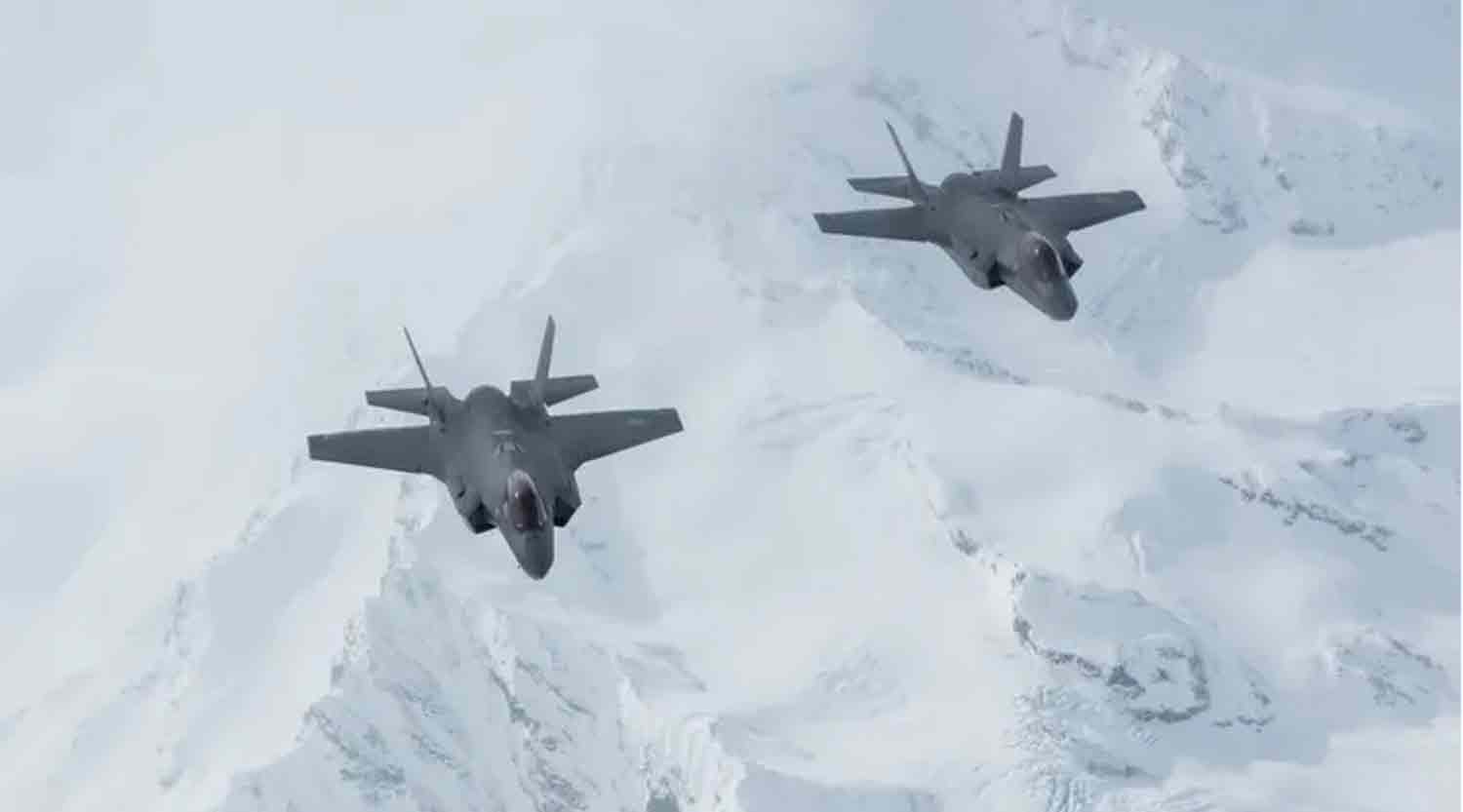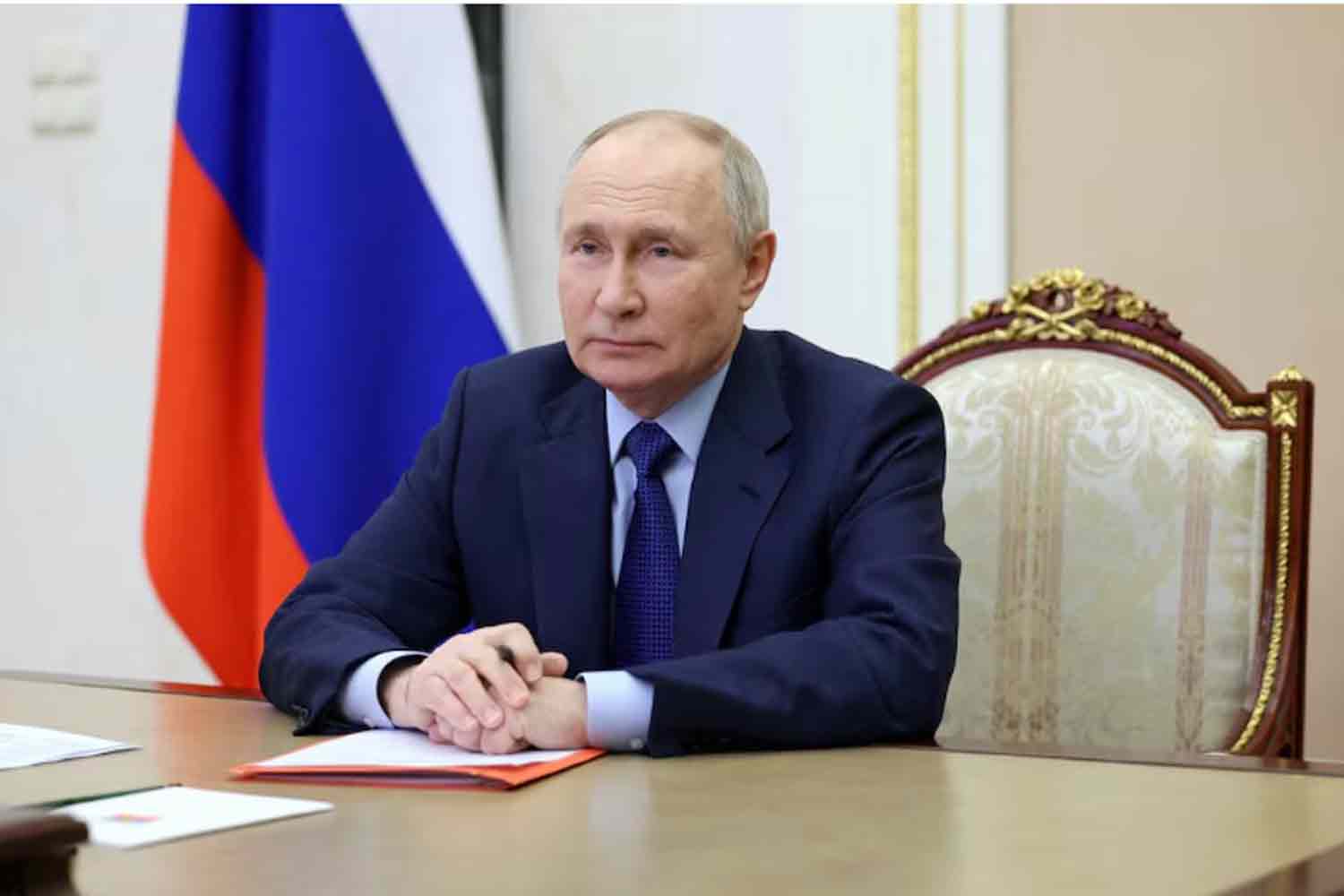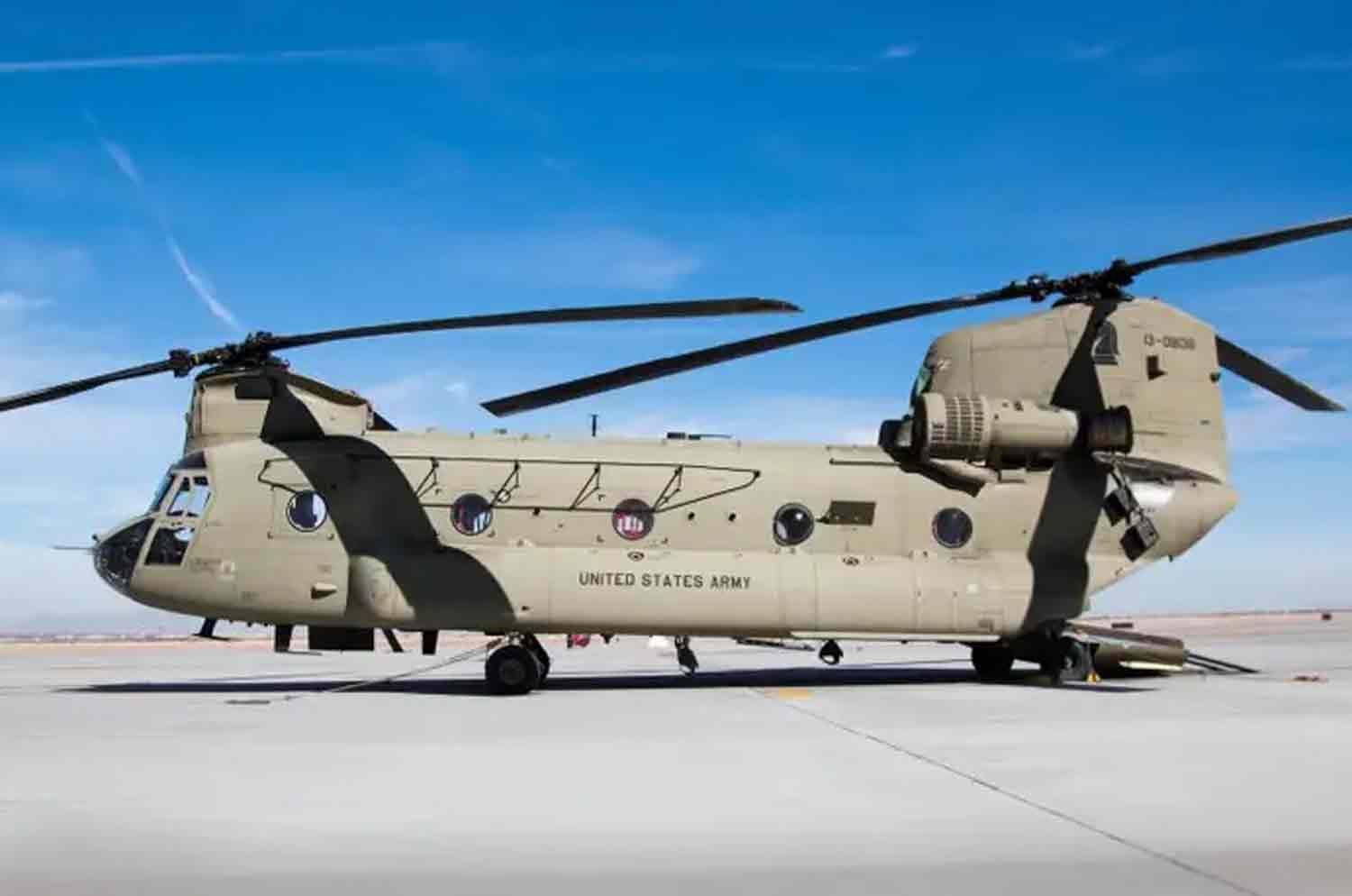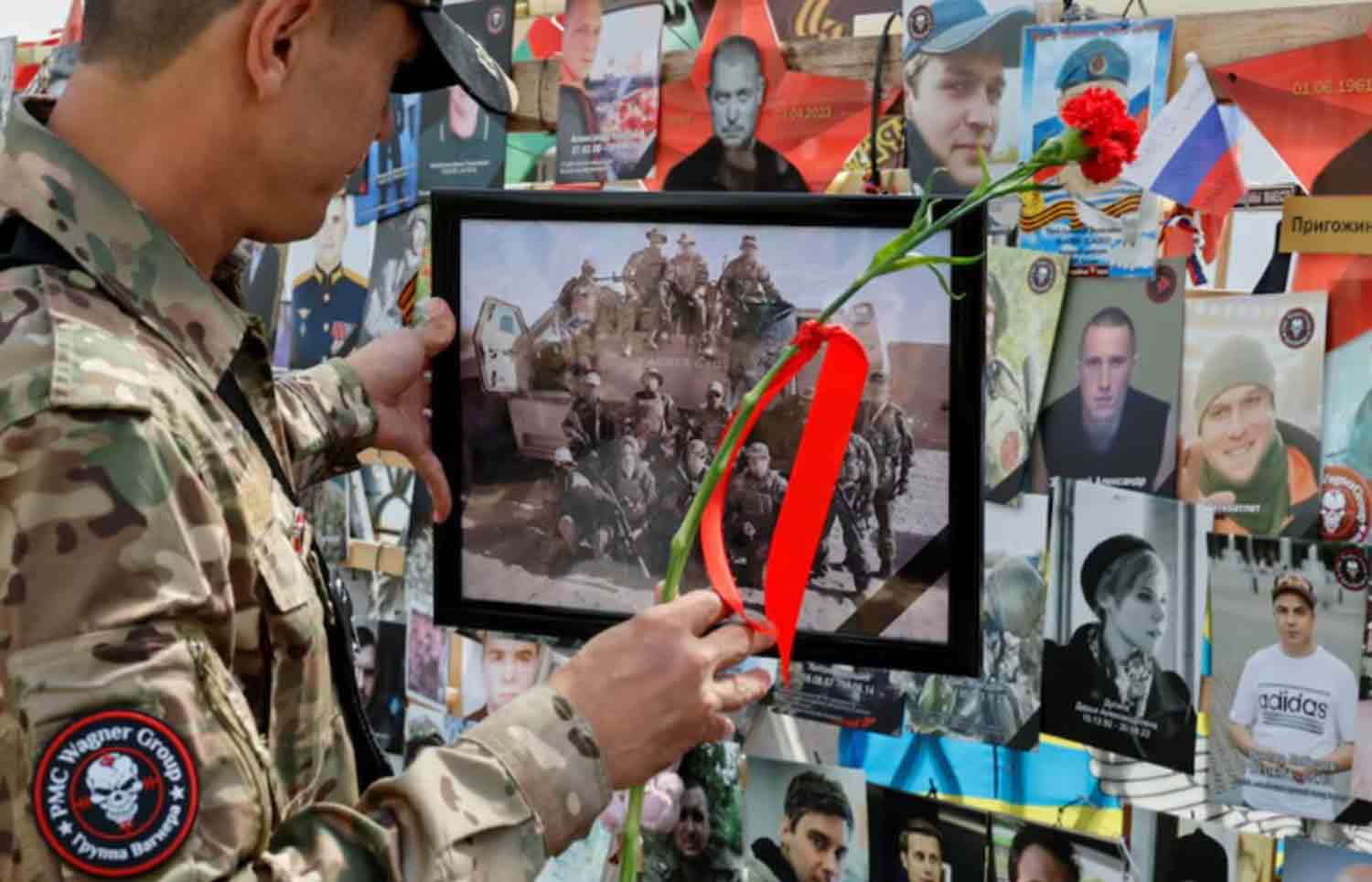The Egyptian armed forces are advancing with the acquisition of their first two C-130J-30 Super Hercules tactical airlifters from Lockheed Martin, marking Egypt as the 23rd operator of this aircraft, as announced by the company today.
Rod McLean, vice president and general manager of Lockheed Martin’s Air Mobility and Maritime Missions division, stated, “It is an honor to welcome Egypt to the global fleet of C-130J Super Hercules, reflecting the enduring partnership between our nations and Lockheed Martin.
The introduction of these C-130J-30s will enhance the Egyptian Air Force’s tactical airlift capabilities, providing exceptional support for Egypt, North Africa, and beyond.”
In 2022, the US government authorized a Foreign Military Sale of 12 aircraft, valued at approximately $2.2 billion.
Tim German, capture director at Lockheed Martin’s Aeronautics division, indicated that the company anticipates delivering 10 additional aircraft following the initial two as part of a staggered order.
An exhibition publication noted that the first two are expected to be delivered by 2026, although Lockheed did not confirm this timeline. The announcement was reportedly made by the head of Egypt’s air force during a visit to Lockheed’s booth at Egypt’s inaugural air show.
The Ministry of Defense has not yet responded to inquiries from Breaking Defense for further details. The C-130J is noted for its increased cruise speed, higher operational altitude, shorter takeoff and landing distances, and greater cargo capacity compared to older transport models, according to the US Air Force.
This announcement occurs amid competition from China and Russia for defense contracts in the Middle East and North Africa, with particular attention on Egypt due to its complex and historically significant relationship with the United States.
Egypt is recognized as a major non-NATO ally and possesses the largest Arab military, with substantial equipment requirements, particularly as Cairo continues to develop its defense capabilities.















